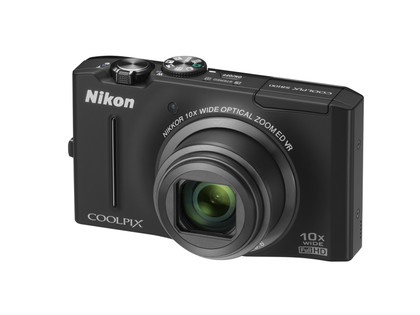Why you can trust TechRadar

Even at the highest selectable sensitivity setting, ISO 3200, chroma noise isn't a major issue in images from the S8100, but the impact of its removal is clear when images are viewed at 100% on the computer screen. Details are soft and images have a painterly texture, while areas of even toned shadow have a slight mottling of colour. There's a significant improvement when stepping down from ISO 1600 to ISO 800.
When sized for making prints, high sensitivity images from the Coolpix S8100 lack some of the sharp detail of lower resolution images, and there is sometimes discolouration of the shadows, but on the whole the results are good. It's best to keep prints below A4 in size, but in some cases A3 prints are possible.
Images taken at the lower sensitivity settings can make A3 prints to be proud of and the level of detail is remarkably high. Generally, the images of real world scenes are better than the shots of our resolution chart might suggest is possible.
The S8100's image combining Night Portrait mode can produce very pleasant low light shots and is ideal for dinner parties and the like, but its essential that the subject and camera remain still (though hand-holding is fine) in order to avoid ghosting. It's an idea to warn the subject that three flashes are required to make the single final image, because otherwise they tend to assume its all over after the first or second burst of light and move off.
Images form the Coolpix S8100 are bright and vivid, without being excessively saturated. The camera's auto white balance system doesn't remove the whole colour cast associated with some lighting conditions, so it does a good job of preserving the atmosphere of a wide range of situations.
On a frosty, but sunny morning the shade areas of images taken with the auto white balance option selected look a little too blue, while in contrast those taken using the daylight setting look a bit warmer than I remember the scene. Both sets of images can be quickly and easily adjusted to taste using an image editing software package.
There is a choice of evaluative and centre-weighted metering available on the S8100, but I found there few occasions when I needed to move away from the general purpose evaluative option. It coped well with most situations I encountered during this test and only needed any adjustment of the exposure via the compensation facility on a few occasions.
Sign up for breaking news, reviews, opinion, top tech deals, and more.
Current page: Nikon Coolpix S8100: Performance
Prev Page Nikon Coolpix S8100: Build quality and handling Next Page Nikon Coolpix S8100: Resolution